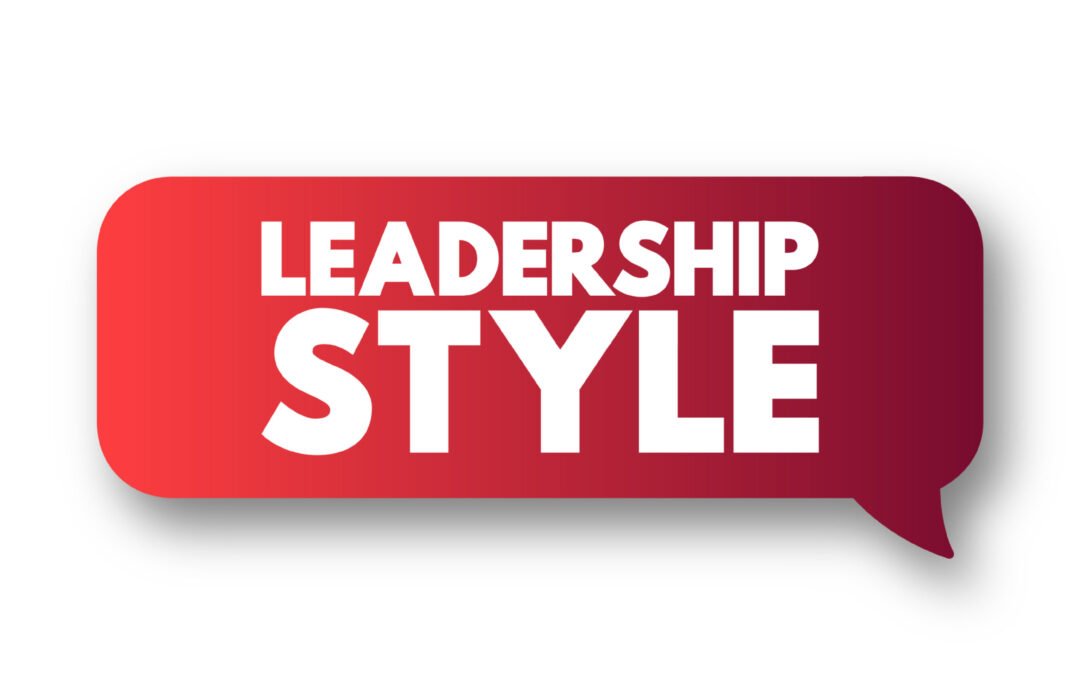
Leadership Style: Self-Assessment

What is Your Dominant Leadership Style?
This leadership assessment tool offers insights into your natural leadership style and identifies areas for growth by evaluating behaviors, preferences, and decision-making tendencies. It covers a range of leadership styles including Autocratic, Democratic/Participative, Transformational, Transactional, and Laissez-faire. Each set of questions corresponds to a different leadership style. Answer the questions in each part of the assessment honestly to obtain an accurate reflection of your dominant leadership style. This asesment can serve as a guide to becoming a more adaptive, flexible leader capable of adjusting style to meet the diverse team needs.
Autocratic Leadership Style Assessment
Democratic-Participative Leadership Style Assessment
Transformational Leadership Style Assessment
Transactional Leadership Style Assessment
Laissez-Faire Leadership Style Assessment
Total Score Ranges for Each Style
Each leadership style has a total score range from 5 to 25:
- High Score (20-25): This leadership style strongly aligns with your natural tendencies.
- Moderate Score (12-19): You often use this leadership style but balance it with others.
- Low Score (5-11): This leadership style is not a natural fit for you, but you might benefit from developing its characteristics depending on your leadership context.
Interpreting Your Total Score
Reflect on which style had the highest score and which had the lowest. This will help you understand your natural leadership tendencies.
The leadership style with the highest score is your dominant style, reflecting how you typically lead your team.
A balanced score across multiple styles indicates that you are an adaptive leader, adjusting your style depending on the situation and the needs of your team. For example, if you score moderately across transformational and transactional leadership, you likely balance motivating with vision and providing rewards based on performance.
Areas for Growth:
Low scores in a particular leadership style may indicate areas where you could develop new skills.
- Autocratic Leadership: If your score is low, you may consider being more directive in situations requiring clear leadership and decision-making authority.
- Democratic Leadership: If your score is low here, consider seeking more input from your team and involving them in decision-making processes.
- Transformational Leadership: If this is low, reflect on how you can better inspire your team with a clear vision and long-term goals.
- Laissez-faire Leadership: If your score is low, look for opportunities to delegate tasks and allow your team more autonomy.
- Transactional Leadership: If your score is low, consider establishing clearer expectations for your team and implementing a more structured reward and performance management system to drive accountability. Developing these practices may help you ensure that team goals are consistently met.
Actionable Insights
- Leverage Strengths: Use the leadership style in which you excel to drive your team’s performance. If you score high in transactional leadership, continue to set clear goals and reward achievement, but consider integrating other styles to balance rewards with vision.
- Balance with Other Styles: If you score moderately in several styles, consider how you can further develop flexibility. For example, if you balance transactional and transformational leadership, aim to inspire your team while also holding them accountable for results.
- Team Engagement: Reflect on how your dominant leadership style affects team morale, engagement, and productivity. Adapt your style to meet your team’s unique needs.
Leadership Development and Executive Coaching
Contact Us


